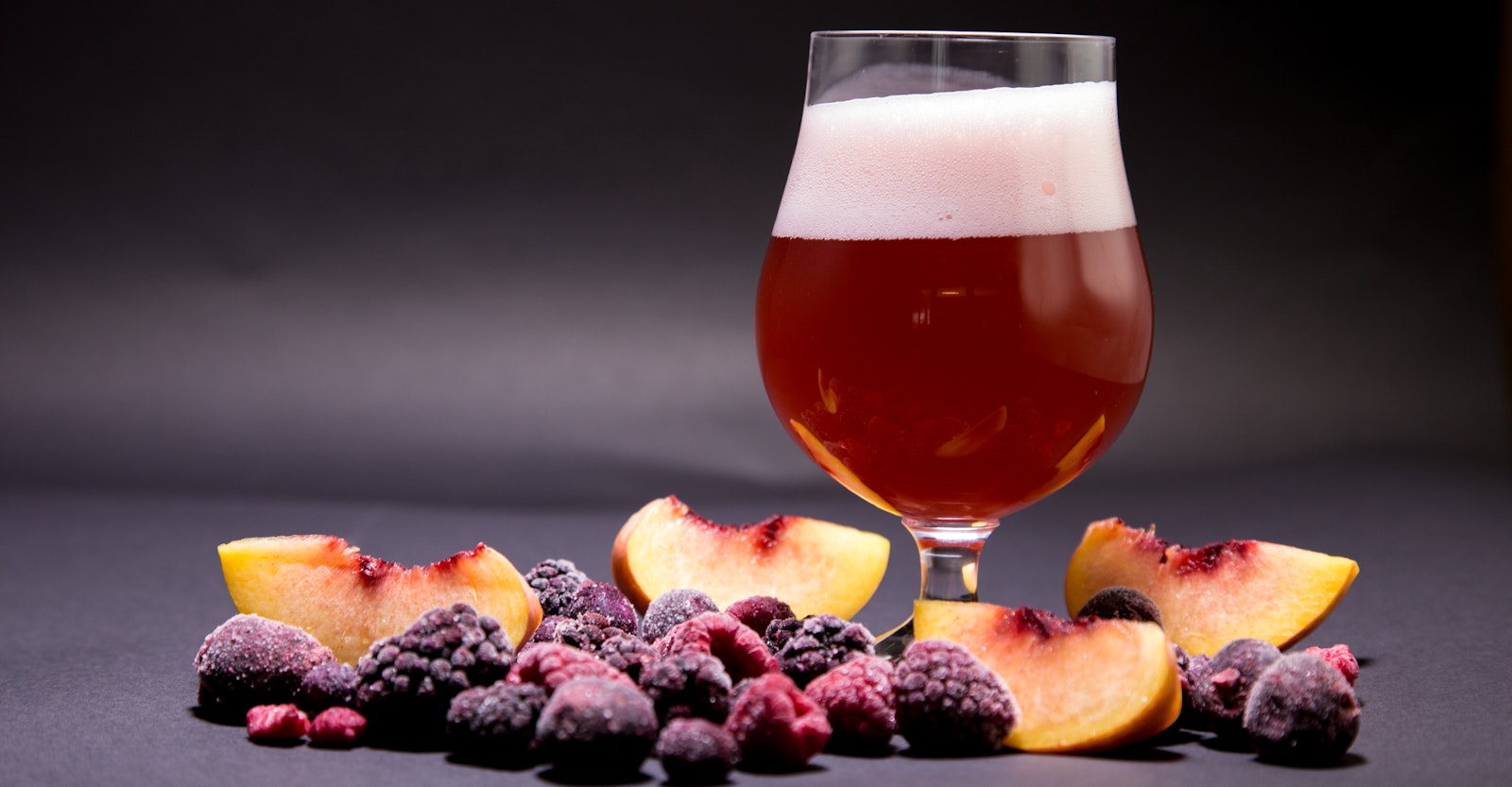I’m going to say two words, and I want you to tell me what comes to mind. Don’t take time to think about it; just go with your gut reaction. Ready? Okay, here it is.
FRUIT BEER.
I’m no mind reader, but I suspect your response falls into one of two broad categories, illustrated by the following statements:
- From Dry Dock Apricot Blonde and Funkwerks Raspberry Provincial to Bell’s Cherry Stout and New Glarus Raspberry Tart, there are some nicely balanced, well-respected fruit beers out there, not to mention the many excellent krieks and framboises of Belgium.
- Gross. I hate fruit beer.
If your reaction is more aligned with the latter than the former, it’s not your fault. There are, unfortunately, far too many examples that taste more like beered fruit than fruited beer. Before craft beer really became mainstream, I think a number of well-meaning microbrewers tried to appeal to a broader audience by simply tossing some blueberries into a Kölsch, slapping a vaguely harvesty looking label on it, and pushing it out the door.
Times have, I am pleased to report, changed for the better. In fact, the muse that inspired me to write this particular post is WeldWerks Brewing’s blackberry hefeweizen (Greeley, Colorado), a tarted up riff on its GABF award-winning unfiltered wheat beer. WeldWerks’s head brewer, Neil Fisher (who also happens to teach our online class on wood aging your beer) did a great job of expressing the fruit character in a way that complements and accentuates the base beer. It’s a blackberry wheat beer, not a wheat beer with blackberries.
What makes for a good fruit beer? Here are three completely subjective things that I believe help.
1. Match the fruit to the style.
There are always exceptions, and in the hands of a talented brewer, I suppose anything is possible. But there’s a reason that certain pairings have become classic, such as cherries and stout or raspberries and wheat. When developing your own fruit beer, think about the characteristics of the fruit you want to use and start with a base style in which those attributes will blend in rather than stick out.
2. Tone down the sweetness.
I’m sure there are some consumers out there who really do want a sticky sweet fruit beer, but I’m not one of them. To prevent your homebrewed fruit beer from becoming a cloying sugar bomb, lean a little further toward tartness and acidity than you might otherwise. Krieks and framboises work well, in part because the acidity of the beer itself melds with the acidity of the fruit. Fruit will generally bring in some acidity, so go with it instead of fighting it.
3. Strategically add the fruit at the right time.
When to add fruit is going to vary from one beer to the next, and getting it right is likely to require some experimentation. But I think one thing that sets really great fruit beer apart from beer that just happens to have fruit in it is knowing when to add said fruit. Primary fermentation will tend to carry delicate fruit aromas away with the carbon dioxide that violently bubbles out of the airlock, while adding fruit to secondary presents some challenges related to sanitation but preserves more fruit character. A well-balanced, enjoyable fruit beer is about more than simply tossing in a handful of berries, so think strategically about what you want from your fruit addition and plan accordingly.
If you already enjoy fruit beer, I’d love to hear about some of your favorites. And if you’re new to fruit beer (or recovering from a traumatic fruit-beer experience in, say, a late 1990s brewpub), then I encourage you to branch out and try some of today’s award-winning examples.
And don’t be afraid to experiment with fruit in your own beer. You might just find yourself wandering through the produce section, scratching your chin and wondering what you could do with a mango or kumquats or . . .

